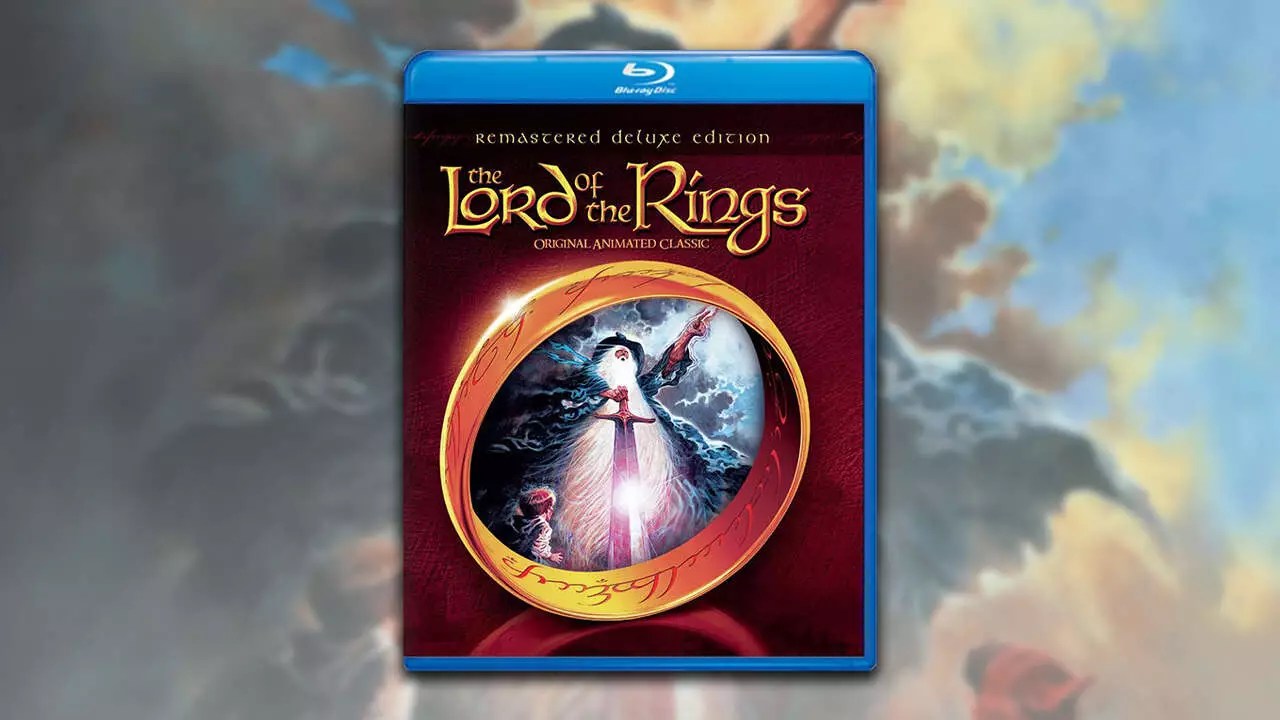Fifteen years on from its initial Blu-ray release, The Lord of the Rings: Animated is set to find new life through the Remastered Deluxe Edition, arriving just in time for old fans to relive their cherished memories and new viewers to discover its unique offerings. This timely reissue is more than just a simple transfer to a new format; it encapsulates an experimental era of animation while also providing a suitable platform for introspection about the source material. The re-release displays the film in 1080p resolution, aspiring to enhance the viewing experience on modern widescreen TVs, an aspect that certainly elevates the film’s colorful yet surreal imagery.
The upcoming release, priced at $22.49 on Amazon, also features an engaging suite of interviews with director Ralph Bakshi, who has vested artistic flair into his interpretation of J.R.R. Tolkien’s epic saga. Pinning Bakshi’s vision under the microscope reveals numerous creative choices that stand apart from Peter Jackson’s widely lauded adaptations. This layered discourse not only underscores the ambition behind the animated project but invites us to debate its artistic merit in a digital age increasingly focused on hyperrealism.
Iconic Sequences — Risk and Reward
When The Lord of the Rings: Animated first hit theaters in 1978, it was a mixed bag in terms of critical reception. Yet, it exploded at the box office, grossing over $32 million against a mere $4 million budget. Such success raises interesting questions about the appeal of the film. It garnered criticism for its narrative scope; cramming The Fellowship of the Ring and portions of The Two Towers into its 133-minute timeframe left audiences divided. While purists grumbled over its omissions, a burgeoning cult following arose that saw beauty in Bakshi’s mixed media approach, characterized by the combination of traditional cel animation and rotoscoping.
With daring and nonconformity, Bakshi incorporated live-action sequences traced into animation—a technique that, while perplexing at times, evokes a certain charm that is seldom replicated in contemporary animated features. This hybrid style imbues the work with immediacy and surrealism, setting it apart from its more traditional counterparts. For many fans and newcomers alike, this film epitomizes the determination to innovate visually, even if it dances on the edge of absurdity.
Cinematic Legacy and its Influences
Of notable significance is how this animated adaptation stands as an important precursor to the later live-action films directed by Peter Jackson. The remarkable ambition displayed in Bakshi’s work shapes our understanding of cinematic adaptation; it showcases the risks that arise when the goal is to translate a complex literary opus into a visual narrative. Peter Jackson’s eventual take would incorporate a steadier fidelity to Tolkien’s texts, yet he himself acknowledged the influence Bakshi’s version had on his creative process.
However, Bakshi’s version did not extend into sequels, despite the creation of animated adaptations of The Hobbit and The Return of the King around the same time. These made-for-TV musicals introduced an entirely different style, which, while charming in its own right, constrains the potential depth and engagement available to adult audiences. It’s a stark indication of how creative teams can diverge and experiment within the same universe, exemplifying that not every attempt at adaptation holds equal promise.
Beyond the Classics — A Continued Journey into Middle-earth
Fast-forward to recent offerings like The War of the Rohirrim, an anime film that delves into centuries prior to Jackson’s saga. Despite its own shortcomings in storytelling, it reflects the lingering fascination with Tolkien’s universe—an attempt, albeit flawed, to explore territories previously unexplored. The animated landscape, rich in possibilities for creative interpretation, still calls out for more stories, lessons from the past tantalizingly present.
The Remastered Deluxe Edition of The Lord of the Rings: Animated thus stands not just as a nostalgic trip down memory lane, but rather as a compelling conversation starter in an ongoing discussion of how animation explores and cultivates beloved literary material. As we stand at the intersection of nostalgia and innovation, it’s worth pondering what we gain from these revisits and adaptations in the grand tapestry of storytelling.
As more editions of Tolkien’s work are published, such as the upcoming hardcover Collector’s Editions and the Tolkien Illustrated Edition Series, it becomes clear that the realm of animated films set in Middle-earth is ripe for further exploration. Whether through remastered classics or radical new interpretations, the journey through Tolkien’s rich lore continues to inspire, provoke, and captivate audiences old and new alike.

